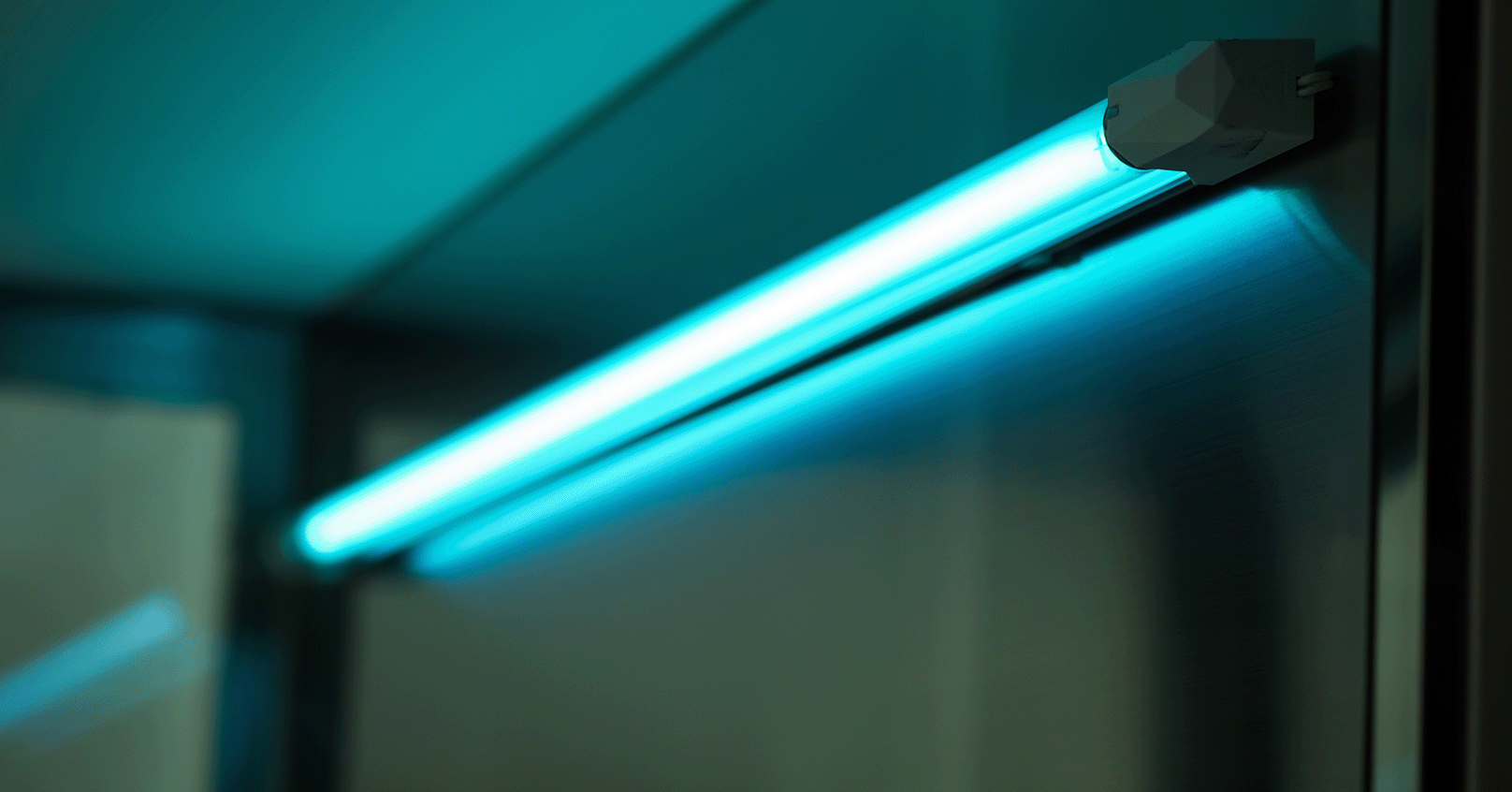UV Lamp Systems: Why Do They Need a Ballast?
UV lamps are light sources that emit ultraviolet radiation in the UV-C wavelength range, which is between 200 and 280 nanometers. These lamps are commonly used for water and air purification, as well as for curing and drying in various industrial processes.
To learn the fundamentals of ultraviolet germicidal irradiation, read our UVGI explainer guide.
The emission of UV radiation in these lamps is generated through a process called mercury vapor discharge. In a typical UV lamp, a small amount of mercury is sealed in a glass tube. When an electrical current is passed through the mercury, it excites the atoms and causes them to emit UV radiation.
However, simply passing an electrical current through the mercury would not be enough to generate the necessary UV wavelengths. A ballast is required to regulate the flow of electricity and control the intensity of the UV radiation.
The ballast acts as a stability device, limiting the current and voltage to prevent damage to the lamp. It also ensures that the lamp operates at a consistent intensity, providing reliable and effective UV radiation.
In summary, UV lamps emit UV radiation through the mercury vapour discharge process and need a ballast to regulate the flow of electricity, control the intensity of the UV radiation, and ensure stability and reliability of the lamp.
In summary, a UV ballast is required for the following reasons:
- Providing the Correct Voltage and Current: UV lamps require a specific range of voltage and current to operate efficiently. A ballast ensures that the lamp receives the right amount of power by regulating the flow of electricity to it.
- Protecting the Lamp from Electrical Surges: Electrical surges can cause damage to the UV lamp or result in its failure. The ballast helps to protect the lamp from these surges by limiting the amount of current that flows through it.
- Extending the Lamp's Lifespan: UV lamps can be costly to replace and often have a limited lifespan. A ballast helps to extend the life of the lamp by regulating the flow of electricity to it, reducing wear and tear on the lamp.
- Improving Lamp Performance: By providing the right amount of power to the lamp, the ballast helps to improve the performance of the UV light system.
Learn more about how to select and install the right UVGI solution for your building or browse our air quality services here. If you're still not sure whether you should take the leap to UV, get in contact here and we'll discuss whether it's the right choice for you.





